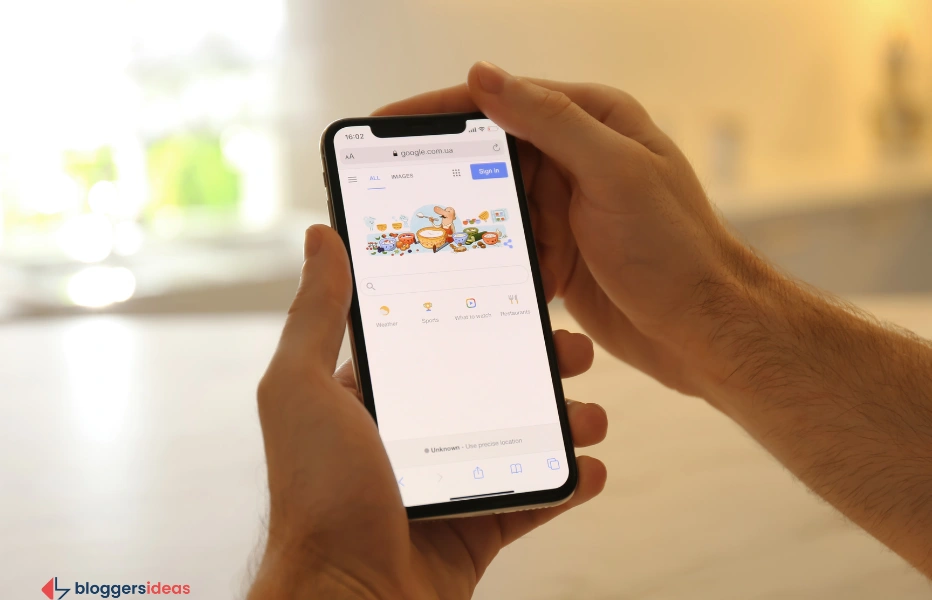In a move that strengthens its dominance in digital advertising, Google has expanded its ad placements into mobile image search, offering brands a new, visually immersive way to reach consumers.
The tech giant has officially rolled out AI-powered ad carousels in the Google Images tab on mobile devices — now visible across all categories, not just shopping or retail-related searches.
This update introduces horizontally scrollable ad carousels featuring product images, engaging headlines, and clickable links.
These ads are dynamically generated using Google’s AI-driven ad matching technology, which automatically selects visuals most relevant to the user’s search intent.
The result is a more fluid integration of ads within image search results, where users are already exploring and comparing visuals.
First spotted by ADSQUIRE founder Anthony Higman, the update has already begun appearing in a variety of industries, including real estate, travel, finance, and legal services — areas that were previously untouched by image-based ad formats.
Also read about: Google Ads Display Campaigns 2025: Smarter Asset Reporting
Google Image Search Ads: Why This Matters for Marketers

This expansion signals a major shift in how brands can leverage visual search advertising to drive engagement and early discovery.
With consumers increasingly turning to image search to explore ideas or evaluate products, the new Google Image Search ads allow advertisers to insert themselves directly into the visual browsing experience.
By blurring the line between organic and paid discovery, Google is making ads appear more native and contextually relevant.
This aligns with a broader trend in digital marketing — moving away from text-heavy formats toward immersive, image-based ad experiences that feel less intrusive and more personalized.
For marketers, this means rethinking creative strategies to optimize for image search visibility. Those who adapt early can expect higher engagement, stronger brand recall, and improved click-through rates — especially on mobile, where visual content reigns supreme.
More news to read:
